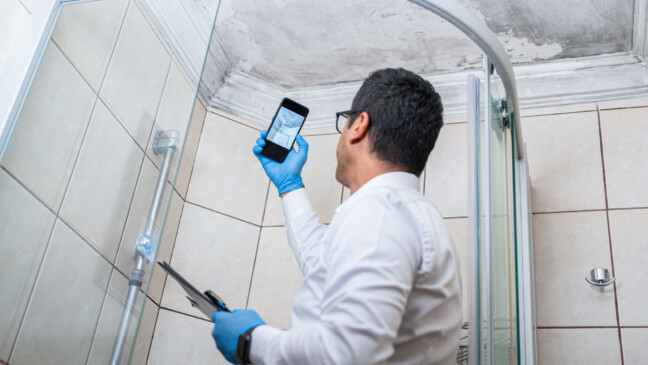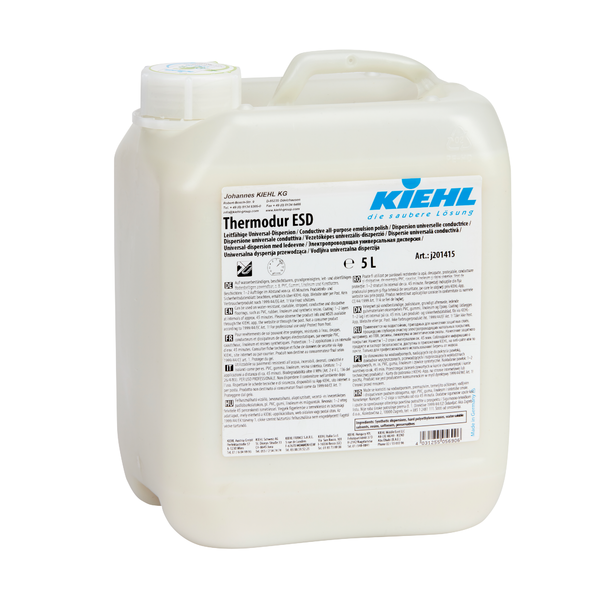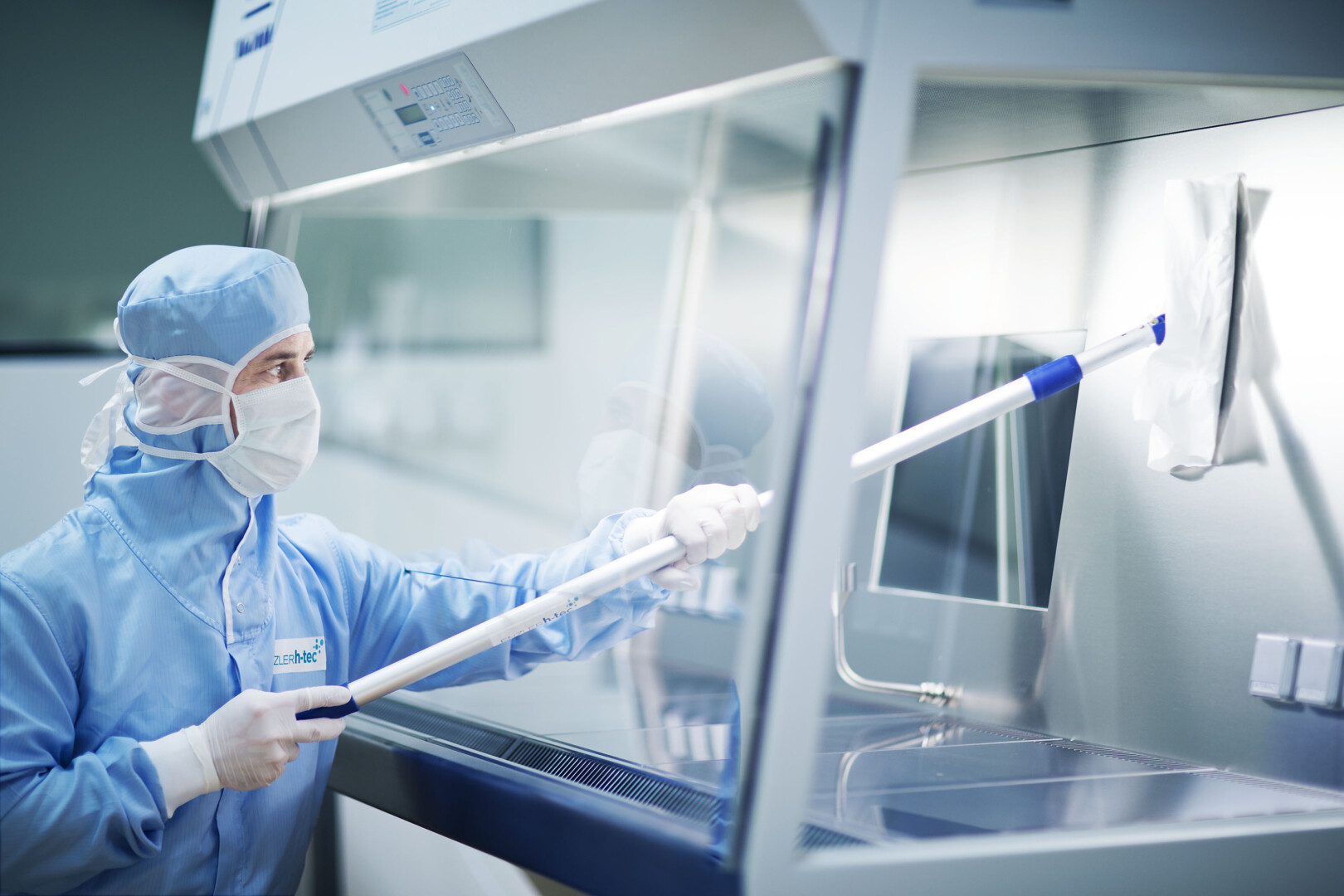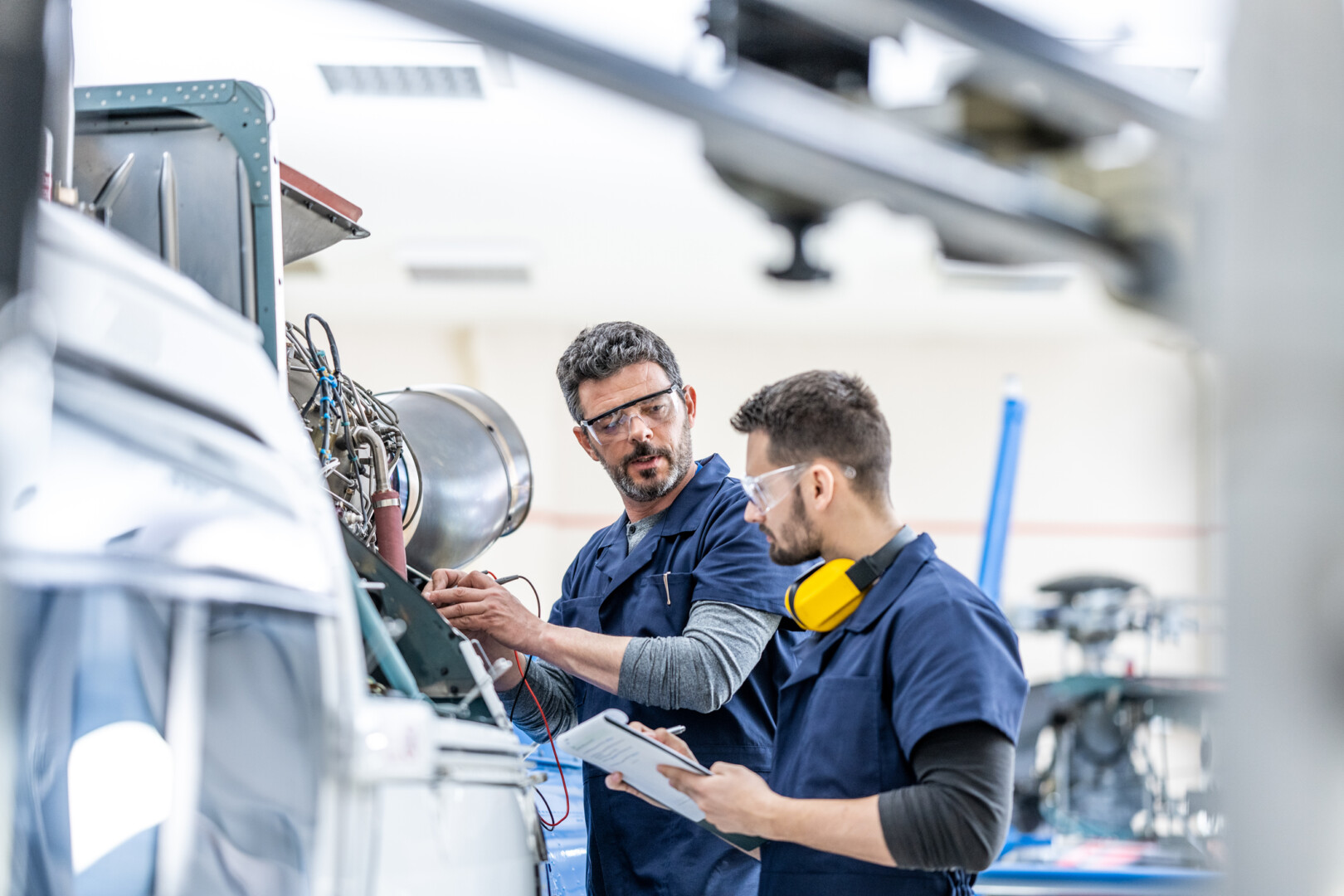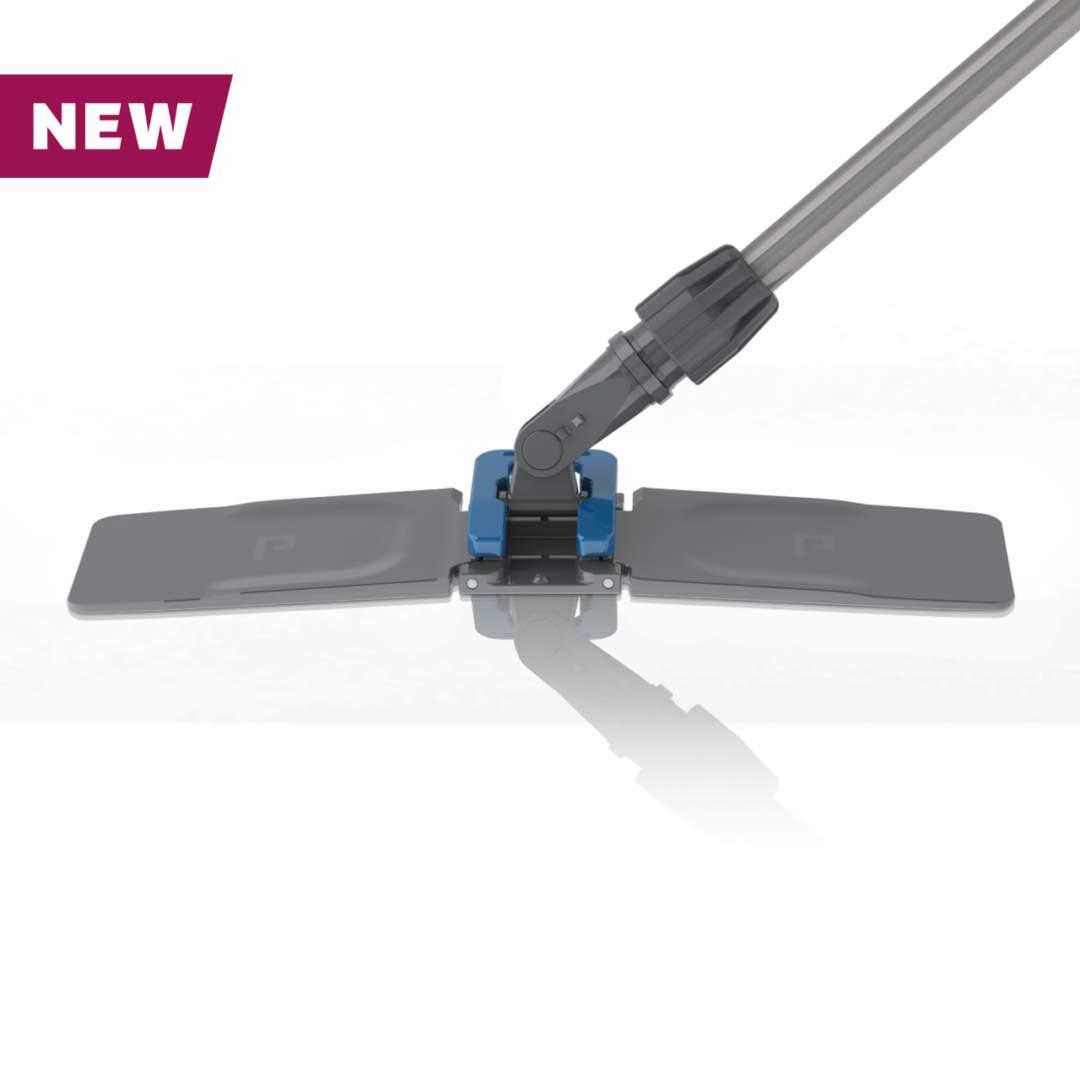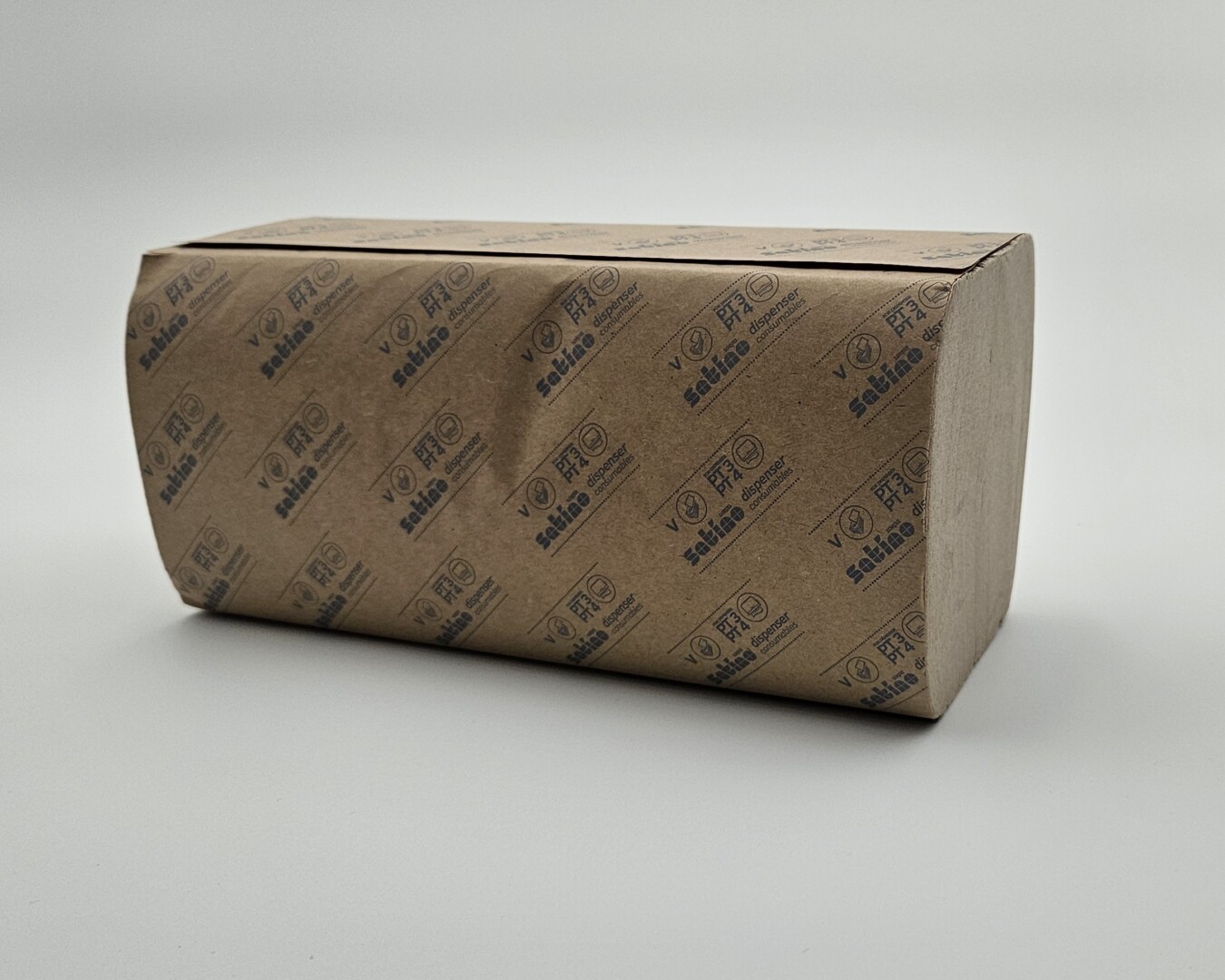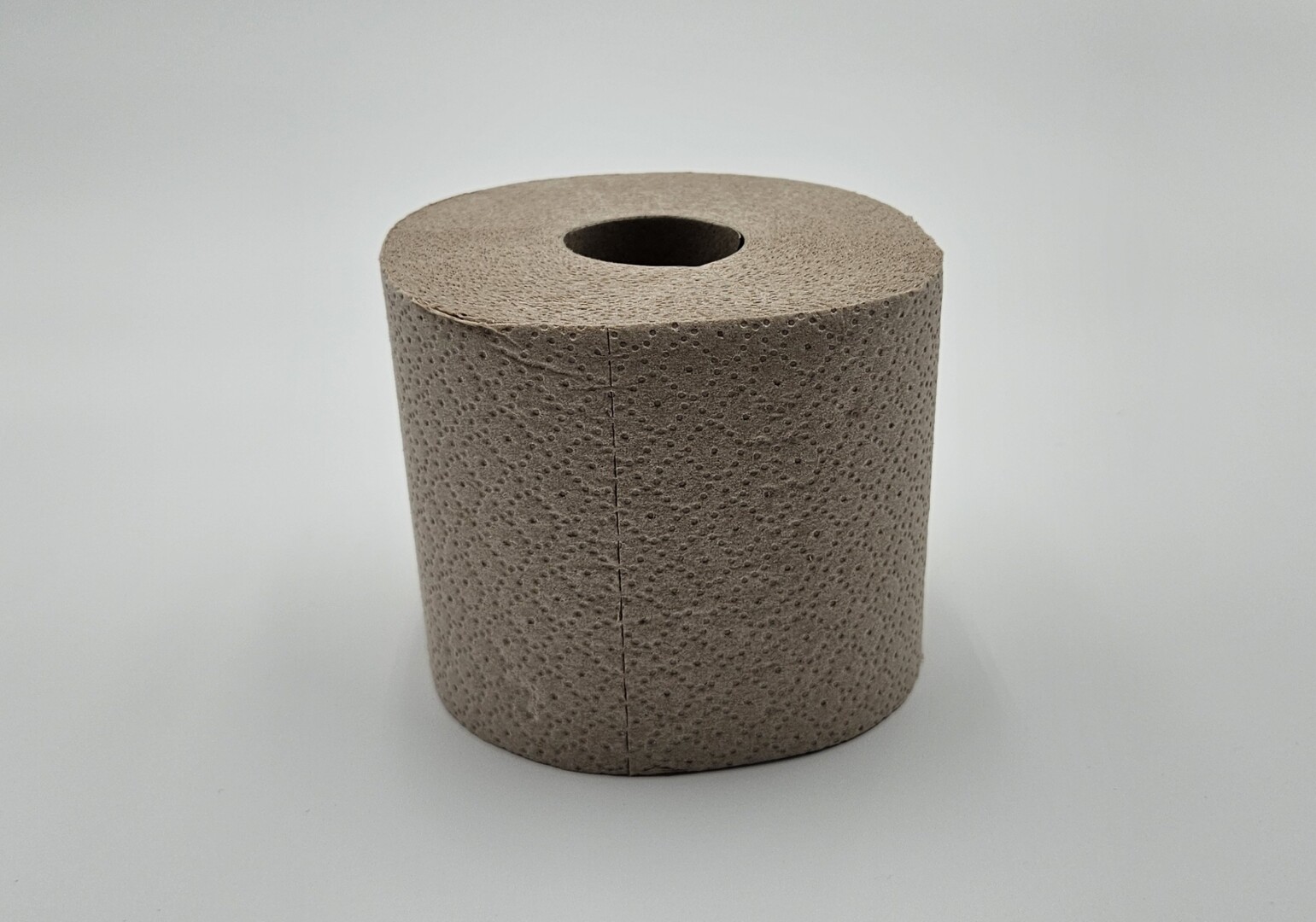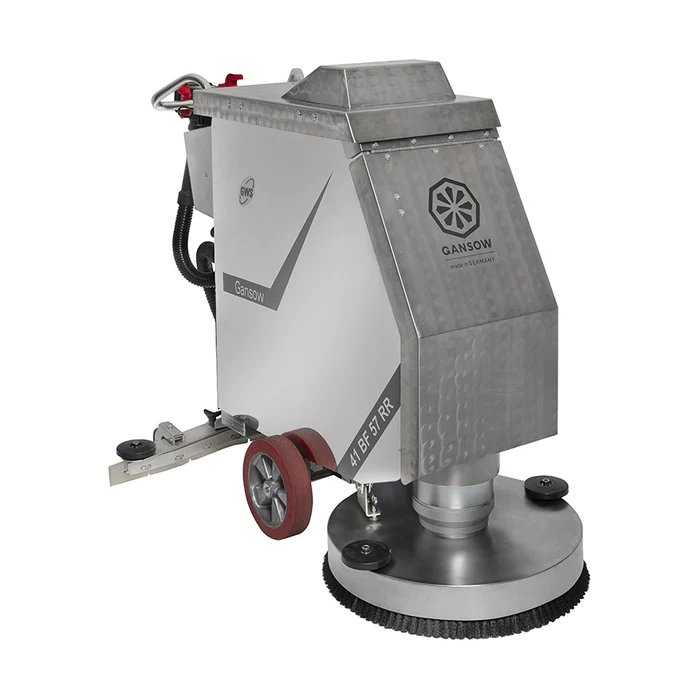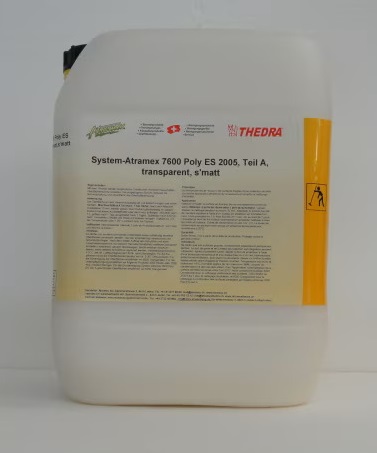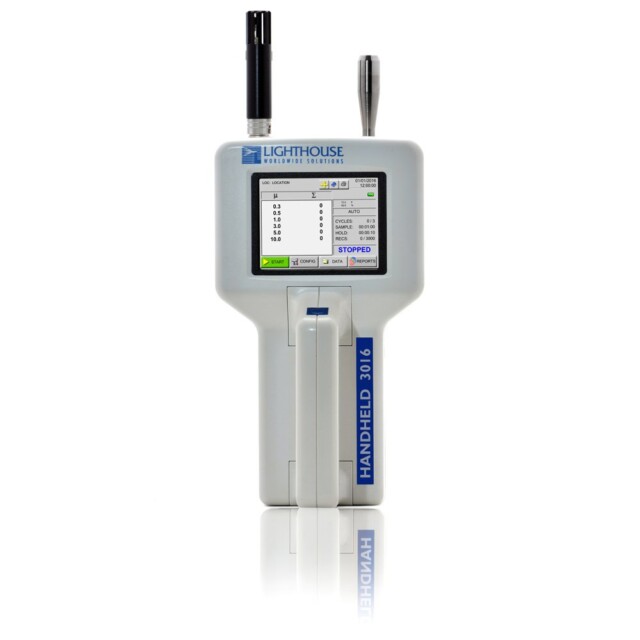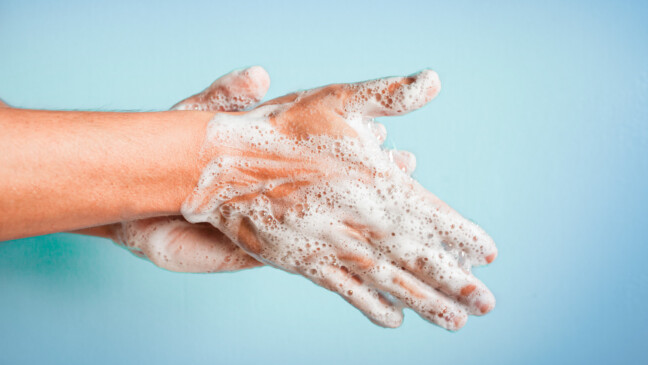
29.04.25
Cleanrooms in the food industry
More and more consumers want fresh food that is as natural as possible without artificial additives. In order to guarantee the required shelf life and product safety, manufacturers rely on low-germ production environments. Cleanrooms reduce microbial contamination in the air and thus enable the production of sensitive foods without preservatives or strong heat treatments, in line with the "clean eating" trend. Plant-based products or fermented foods in particular place special demands on production. They are often susceptible to contamination or contain allergens, which must be processed strictly separately.
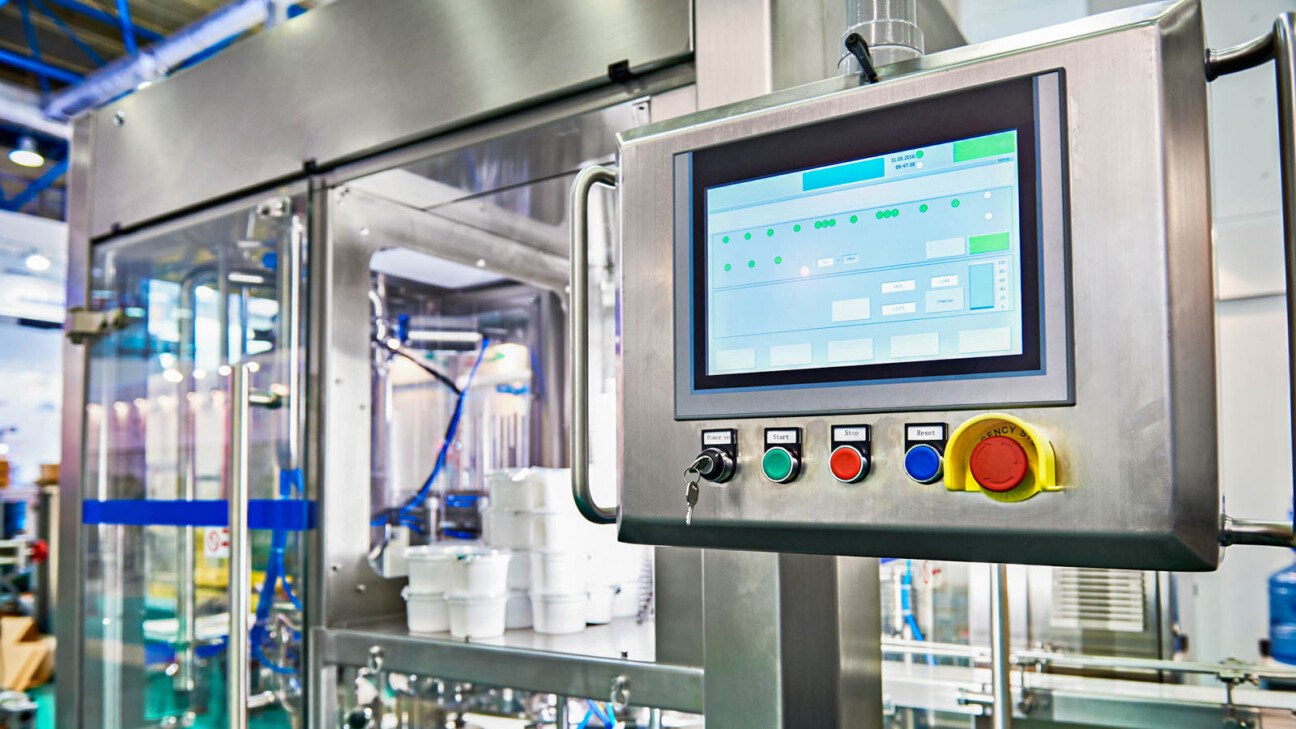
Cleanroom classes in the food industry
The classification of cleanrooms plays a central role in the food industry. This is essential to ensure consistently high quality and product safety. Different requirements apply depending on the product and process. These include Air purity, microbial load and technical equipment. This is regulated by internationally recognised standards such as ISO 14644 and the GMP guidelines (Good Manufacturing Practice).
ISO standard 14644-1 classifies cleanrooms according to the maximum permissible number of particles per cubic metre of air in different orders of magnitude. The scale ranges from ISO class 1 (very high cleanliness, e.g. in semiconductor production) to ISO class 9 (comparable to normal room air). In the food industry, ISO classes 5 to 7 are generally used – depending on the sensitivity of the product and the hygiene requirements. Further information on ISO classification can be found here: Classification of cleanrooms according to ISO
The GMP classification, which is used in the pharmaceutical industry in particular, distinguishes between four classes: A, B, C and D. Class A stands for the highest degree of purity. Class A stands for the highest degree of purity. Unlike ISO, microbial limits are also taken into account here – particularly relevant for products that are not heated or do not require preservatives.
For example, in GMP class A: less than 1 colony-forming unit (CFU) per m³ of air – an extremely low value that can only be achieved in a highly controlled environment.
Room-in-room concepts and clean cloud systems
Room-in-room concepts are often used in practice: A highly classified area (e.g. class A or ISO 5) is embedded in an area with lower requirements (e.g. GMP B or ISO 7). This allows both high hygiene requirements to be met and energy and investment costs to be reduced. Typical applications include the filling of beverages or sensitive plant-based products.
Alternatively, clean cloud systems are used. Here, a type of “clean air cloud” is directed over a specific production area, creating low-particle conditions without the need for a full cleanroom – e.g. for packaging baked goods.
Future developments with relevance for planning and operation
Cleanroom technology is facing significant changes that will have a major impact on both planning and operation. These developments are aimed at increasing efficiency, sustainability and flexibility.
Integration of IoT and real-time monitoring: The implementation of Internet-of-Things (IoT) technologies enables continuous monitoring of critical parameters such as temperature, humidity and particle count. This real-time data supports predictive maintenance strategies and optimises energy consumption, resulting in a more stable cleanroom environment.
Energy efficiency and sustainability: In view of increasing environmental requirements, energy efficiency is becoming the focus of cleanroom planning. The use of LED lighting, advanced HVAC systems and energy-efficient filtration solutions helps to reduce energy consumption and operating costs. Sustainable materials and resource-saving construction methods are also becoming increasingly important. You can find more information on this here: Sustainability concept in cleanroom cleaning
Modular and flexible cleanroom designs: The demand for adaptable cleanrooms is growing, especially in industries with rapidly changing production requirements. Modular systems enable cleanrooms to be quickly redesigned or expanded, allowing companies to react flexibly to new market conditions.
Use of artificial intelligence and robotics: Artificial intelligence (AI) and robotics are revolutionising the operation of cleanrooms. Robots take over repetitive tasks such as cleaning and material transport, reducing the risk of contamination. AI-based systems continuously analyse environmental data, detect deviations at an early stage and enable proactive measures to control contamination.
Nanotechnology in cleanroom technology: Nanotechnological advances are leading to self-cleaning surfaces and improved filtration systems. These innovations increase the effectiveness of contamination control and contribute to the longevity of cleanroom equipment.
More on the topic of nanotechnology in cleaning: A deeper look at the potential of nanotechnology in cleaning
Sources:
- https://www.abovo.ch/wissenswertes/reinraum-lebensmittelindustrie/
- https://processtechnology.wiley.com/de/praxisberichte/food-trends-2025-reinraeume-in-der-lebensmittelindustrie
- https://www.hygieneforum.ch/wissen/klassifizierung-von-reinraeumen-nach-iso/
- https://youthfilter.com/news/7-cleanroom-technology-trends-shaping-2025
- https://www.cleanroomtechnology.com/cleanroom-construction-trends-to-watch-in-2025-and
- https://qualia-bio.com/blog/cutting-edge-cleanroom-sterilization-tech-2025
